In today’s hyper-competitive digital marketplace, few channels deliver the consistent ROI and direct engagement that email marketing provides. In this Business Email List: A Comprehensive Guide, compiled by the marketing experts at Reach Marketing, you’ll explore every facet of email marketing success—from building responsive opt-in forms and crafting compelling lead magnets to mastering advanced segmentation, compliance, and automation. This guide is designed to empower businesses of all sizes to grow a robust, high-performing email list that drives conversions, builds lasting customer relationships, and remains legally compliant in an ever-evolving landscape.
A Business Email List is more than just a collection of email addresses; it’s a direct conduit to potential customers, industry professionals, and key decision-makers. In an era where social media algorithms can unpredictably limit your reach, owning a high-quality, permission-based email list guarantees you a consistent channel to communicate your brand’s message.
In this extensive guide, we’ll explore how to build a robust email list, maintain its hygiene, comply with regulations, and leverage modern tools and best practices to stay ahead of the competition.
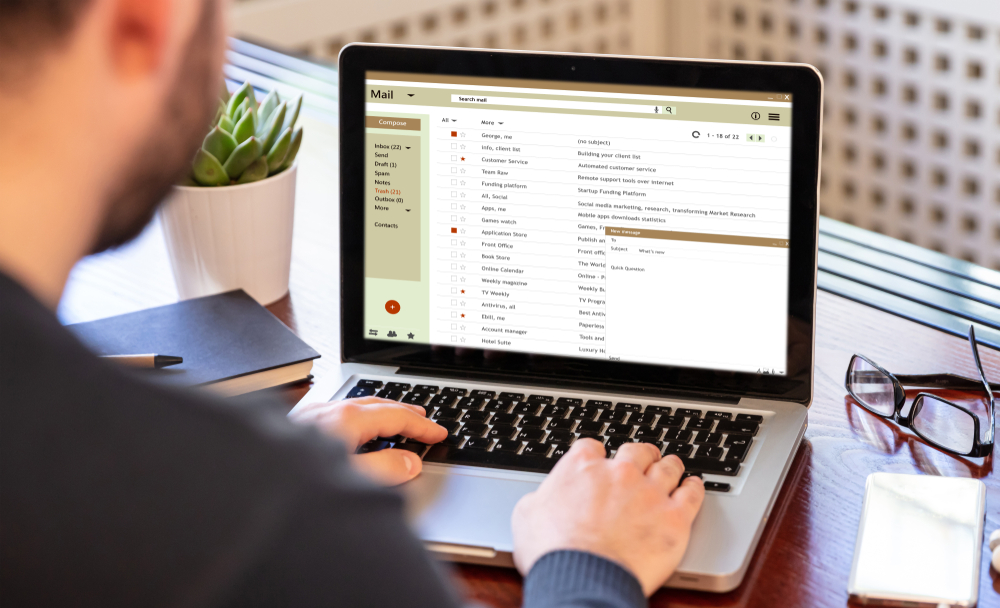
Building a Business Email List typically starts with capturing the contact details of people who have expressed interest in your brand or offerings. A well-structured list-building strategy ensures higher engagement and lowers unsubscribes or spam complaints.
An Opt-in Form is any form where potential subscribers actively provide their email address to receive further communication from you. This can appear on your:
Key Components of Effective Opt-in Forms
A Lead Magnet is an incentive offered to potential subscribers in exchange for their email address. Examples include:
According to ReachMarketing.com, well-targeted lead magnets can improve opt-in rates by up to 60%. The magnet should be:
Landing Pages are standalone web pages designed with a single goal—converting visitors into leads or customers. When it comes to building email lists, these pages often focus solely on capturing email addresses.
Subscriber Incentives are typically built right into your landing pages. Examples:
These incentives work best when they’re tied directly to your core offer. For instance, a software company might offer a free 14-day trial, while a B2B consulting firm might offer a complimentary 30-minute strategy session.
A Content Upgrade is a specialized lead magnet offered within a specific piece of content. For instance, a blog post discussing “Top 10 B2B Marketing Tools” might include a downloadable PDF checklist that expands on each tool. This hyper-relevance increases the likelihood of readers opting in.
Table: Types of Content Upgrades
| Content Type | Upgrade Example | Value Provided |
|---|---|---|
| Blog Post (How-to Guide) | Step-by-Step PDF Checklist | Quick-reference material to apply the tutorial steps |
| Product Review | “Best Practices” Whitepaper | In-depth analysis and data supporting the product’s ROI |
| Webinar Archive | Companion Slide Deck Download | Additional references to complement the webinar topic |
| Data Report | Spreadsheet of Raw Data | Allows deeper personal analysis by the user |
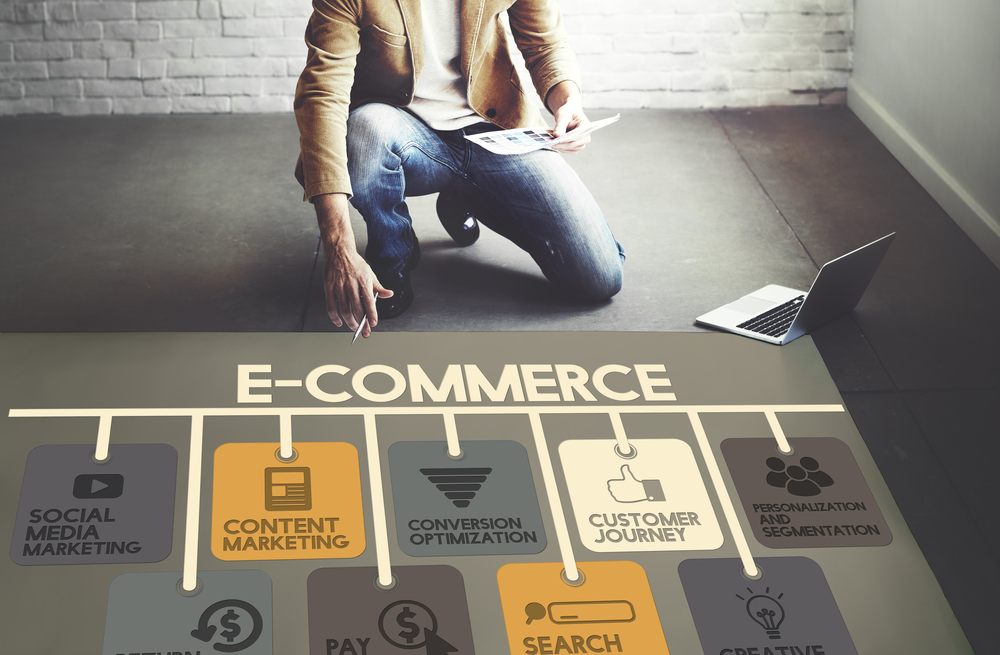
Segmentation divides your email list into smaller, more targeted groups. Doing so ensures that content is relevant and resonates with each segment’s unique interests or needs, leading to higher open and click-through rates.
Demographics often include age, gender, location, and profession (especially crucial for B2B). By knowing demographic data, you can tailor your messaging:
Behavioral Data involves how subscribers engage with your brand:
Marketers can use this data to build highly targeted automated campaigns. For example, a subscriber who repeatedly visits your “Pricing” page might receive a comparison chart or an invitation to a product demo.
Psychographics delve into lifestyle, personality traits, attitudes, and values. Although more challenging to gather, psychographic segmentation can significantly boost personalization.
Audience Personas are fictional representations of your ideal customers. They include:
Building personas helps you craft email content that resonates deeply with distinct audience groups.
By understanding your audience’s context—whether B2B or B2C—you can segment effectively and deliver messages that align with their motivations.

Without maintaining compliance and a positive sending reputation, even the best content can end up in spam folders. Deliverability hinges on both technical best practices and adherence to global regulations.
In the United States, the CAN-SPAM Act dictates commercial email requirements:
Non-compliance can lead to hefty fines, so it’s crucial to align your practices with these guidelines.
The General Data Protection Regulation (GDPR) affects how companies handle the personal data of EU residents. Key principles:
Your IP Reputation is akin to a credit score for email sending. Consistent high-quality sends improve your standing with ISPs (Internet Service Providers), resulting in better inbox placement.
Both SPF and DKIM protect against email spoofing and help ISPs confirm that emails are legitimately from you.
Encourage subscribers to add your sending address to their contact lists or mark your emails as “safe.” Whitelisting boosts delivery rates and signals ISPs that your messages are welcome.
Choosing the right email marketing tools can streamline campaign creation, testing, and optimization. Below are some key categories of platforms.
Popular ESPs include Mailchimp, Constant Contact, Klaviyo, and Campaign Monitor. Core features often include:
Tip: Look for an ESP that offers advanced segmentation, automation, and robust reporting if your business needs go beyond basic newsletter sending.
A Customer Relationship Management (CRM) system like HubSpot, Salesforce, or Pipedrive stores comprehensive data on leads and customers:
Integration between your ESP and CRM ensures data flows seamlessly, enabling highly personalized email campaigns triggered by CRM updates.
For high-volume senders or those needing more technical control, SMTP services like Amazon SES, SendGrid, or Mailgun offer:
These services are ideal for transactional emails, such as password resets or purchase confirmations, as well as marketing campaigns at scale.
Automation workflows allow you to set up a series of emails triggered by subscriber actions or attributes:
An all-in-one Marketing Hub (like HubSpot Marketing Hub or Marketo) consolidates:
These suites often include built-in CRM functionality, making them ideal for medium to large enterprises looking for a unified marketing ecosystem.

Personalization and automation are the cornerstones of modern email marketing. By delivering content specific to each subscriber’s preferences or behaviors, you can drastically improve engagement metrics.
Dynamic Content shifts based on user attributes. For instance:
This technique increases relevancy, thereby driving higher click-through rates and conversions.
Merge Tags (also known as personalization tokens) insert subscriber-specific data into the email—most commonly the subscriber’s first name. For B2B, you could also include:
Such details create a connection that can significantly improve open and click rates.
Triggered Emails are initiated by specific actions or milestones in the subscriber’s lifecycle:
Behavioral Triggers look for certain user actions, such as clicking on a promotional link. If someone repeatedly views a product demo page, your system might trigger a follow-up email offering a personalized demo session.
A Drip Campaign is a scheduled set of emails sent over time, nurturing the subscriber from awareness to conversion. They can be based on time intervals (e.g., one email every five days) or triggered actions (e.g., email #2 only sends if email #1 was opened).

A high-performing Business Email List requires ongoing care. Maintenance and hygiene ensure you’re engaging genuine, interested recipients while preserving a strong sender reputation.
Frequent hard bounces signal ISPs that your list may be outdated or purchased, which can harm deliverability.
Email Validation Tools (e.g., ZeroBounce, NeverBounce) check for syntax errors, verify mail server existence, and identify role-based or disposable emails. Validating addresses before sending helps maintain a pristine reputation.
If a subscriber hasn’t opened or clicked on any emails for months, a re-engagement campaign can reignite interest:
A Suppression List is a catalog of addresses you deliberately exclude from future sends. It might include:
By honoring these suppression lists, you maintain compliance and protect your IP reputation.
Email isn’t just for nurturing relationships—it’s a powerful channel for lead generation and driving conversions.
Lead Scoring assigns points to subscribers based on their interactions and profiles:
A high lead score signals sales-readiness, helping you focus on prospects most likely to convert.
A CTA is the linchpin of any marketing email, telling subscribers exactly what next step to take. Effective CTAs:
A well-optimized funnel guides leads from awareness to purchase with minimal friction. Email marketing plays a critical role at each stage:
Sales Enablement aligns marketing efforts with sales objectives. By providing sales teams with relevant lead data and insights:
Retargeting extends your reach beyond the inbox by showing ads to users who engaged but didn’t convert. Sync your email list with platforms like Google Ads, LinkedIn, or Facebook Ads to serve relevant display ads, reminding them to complete a purchase or revisit your content.
Analytics inform you of campaign performance and where to optimize. Typical email metrics offer immediate insights into subscriber engagement.
Open Rate is often influenced by subject lines, sender names, and deliverability. Industry benchmarks vary, but a range of 15-25% is common across many sectors.
CTR measures the proportion of recipients who click on at least one link in your email. A strong CTR indicates:
Industry averages range from 2-6%, but segmented and personalized campaigns can exceed these benchmarks.
The Conversion Rate reveals how many users completed the desired action after clicking—making a purchase, signing up for a trial, or downloading a resource.
To calculate ROI for email marketing:

A well-executed strategy can yield an ROI of 3000% or more, making email one of the most cost-effective channels.
A/B Testing involves sending two variations of a single email to test elements like:
Best Practices
Respecting and protecting subscriber data isn’t just ethically correct—it’s also critical to brand reputation and regulatory compliance.
Encryption secures data both in transit and at rest:
Data Governance dictates how data is:
A strong governance framework prevents unauthorized access and ensures compliance with regulations like GDPR or CCPA.
Consent Management involves keeping accurate records of when, how, and why a subscriber opted in:
SSL (now often referred to as TLS) ensures that any data input into your website forms is encrypted during transit. Pages where you collect personal information (like email addresses) should always be SSL-certified.
A Privacy Policy outlines:
Link to your privacy policy in opt-in forms and email footers to maintain transparency and trust.
Email marketing evolves rapidly. Adopting the latest best practices and trends helps keep your campaigns fresh and effective.
With most emails now opened on mobile devices:
Plain Text Emails often feel more personal and less “promotional.” HTML Emails can showcase rich visuals and branding. Many marketers use a hybrid approach:
Artificial Intelligence (AI) is transforming how brands craft and deliver emails. AI tools can:
These contain elements like polls, quizzes, or sliders directly in the email. They reduce friction by allowing subscribers to interact without leaving their inbox, boosting engagement and data collection.
With many devices and email clients offering Dark Mode, it’s crucial to:
Below are frequently asked questions related to Business Email Lists and email marketing best practices.
A Business Email List remains one of the most reliable and profitable marketing assets. From building your initial list with opt-in forms and lead magnets to maintaining high deliverability through compliance and robust list hygiene, each step in the process amplifies your potential ROI. Coupled with advanced segmentation, personalization, and up-to-date best practices—like mobile-friendly design and AI-driven campaigns—you can engage subscribers more effectively than ever before.
By investing in the ongoing development of your email list and applying the strategies outlined in this guide, you position your business for sustainable growth and enduring customer relationships.
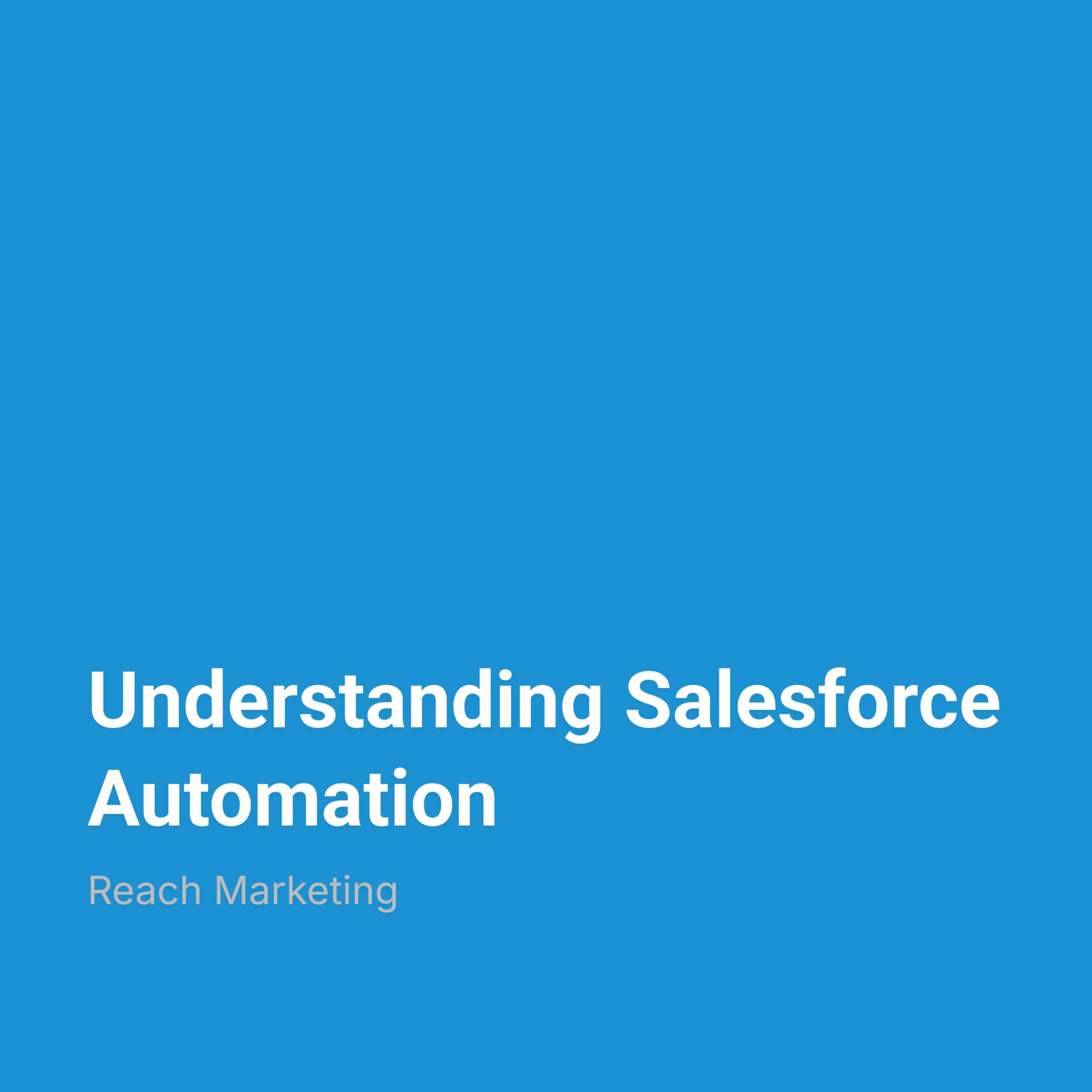
IntroductionSalesforce automation can be a game-changer for small businesses and entrepreneurs who want to streamline everyday processes, nurture leads more effectively, and ultimately boost...
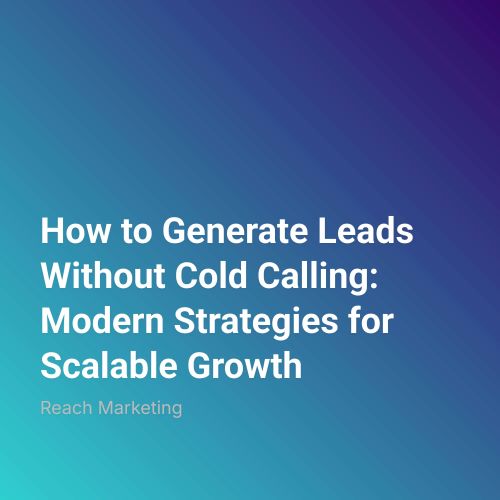
Rethinking Lead Generation in a No-Call Era The traditional practice of cold calling is no longer the gold standard in lead generation. With call...
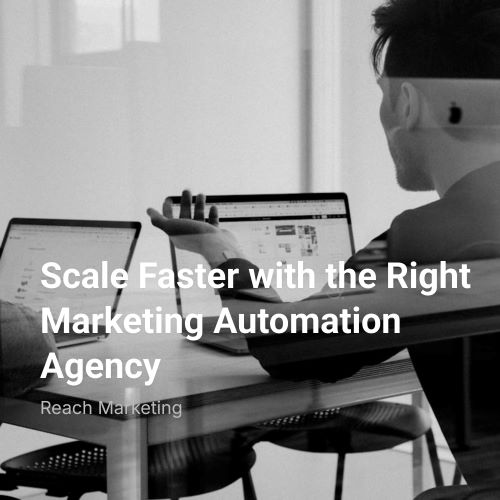
Marketing automation is no longer reserved for massive enterprises with sprawling marketing teams. Today, small and mid-sized businesses are turning to marketing automation agencies...